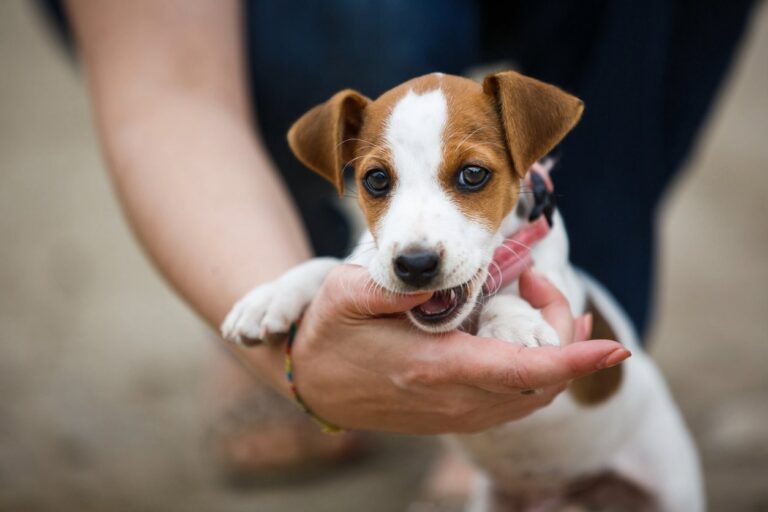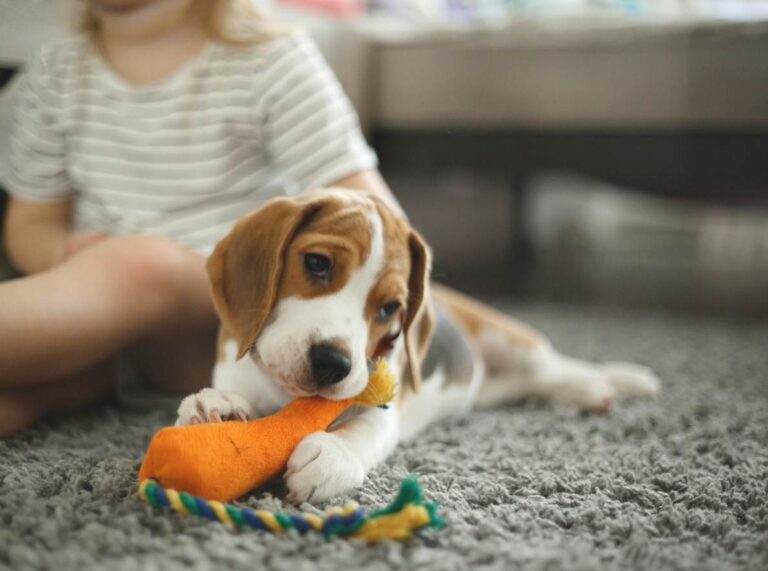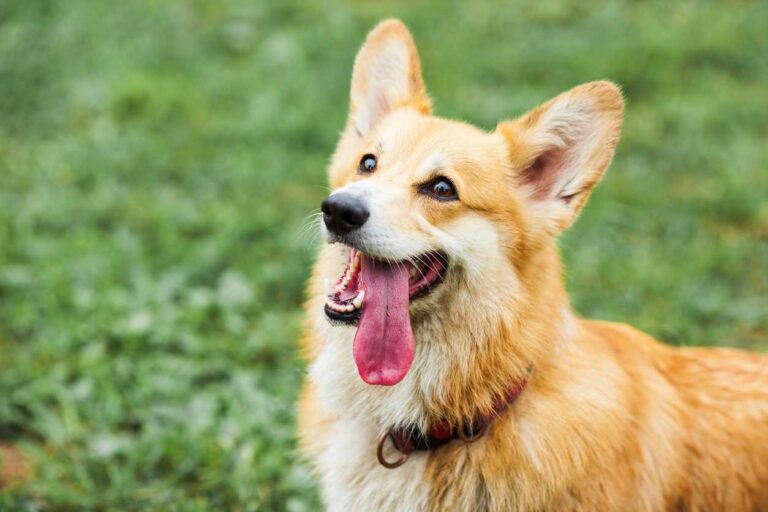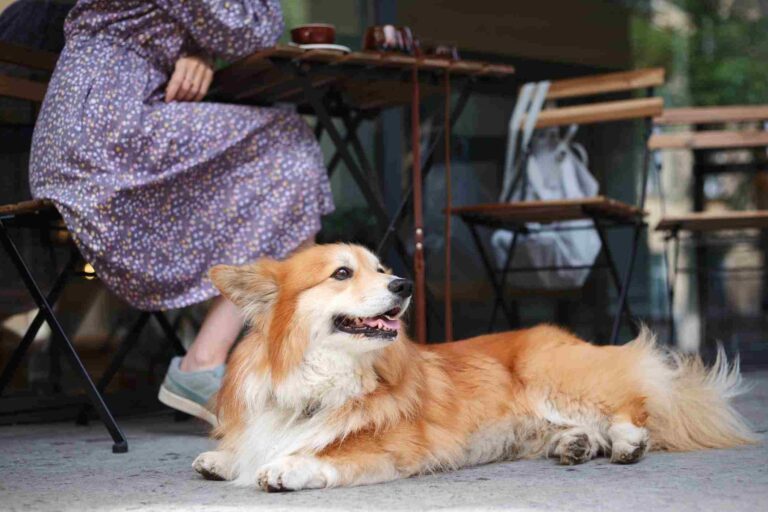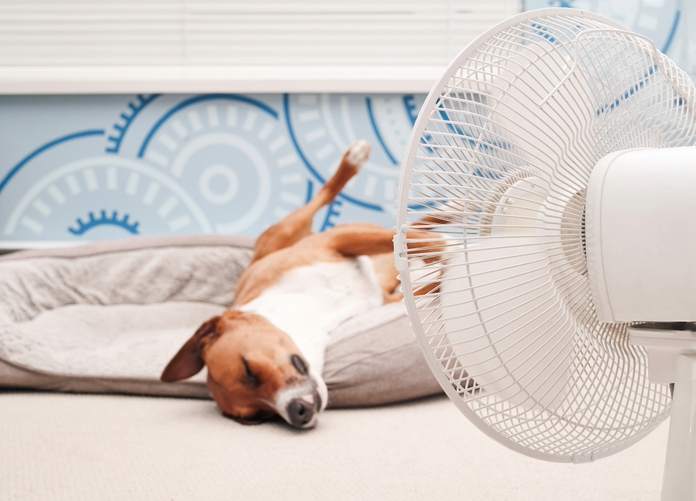Puppies are energetic and love to burn off energy with their playful zoomies, chasing, jumping around, and nipping at you during playtime. While this playful nipping may seem harmless at first, it can quickly become a frustrating habit. In this blog, we’ll guide you through effective, positive training methods to teach you how to stop puppy biting.
Why is my puppy play-biting?
Before we dive into positive training methods, let’s discuss some reasons why puppies engage in play biting. One reason is that puppies lose their baby teeth between 3 and 6 months of age. The combination of losing their puppy teeth and their adult teeth coming in can irritate their gums. They like to relieve this pain by chewing on household items, toys and playbiting you.
You may have noticed that puppies aren’t exactly gentle when they play-bite. That’s because they’re still learning bite inhibition and learning what kind of play is acceptable. This is especially true for puppies separated from their litter before 8 weeks old, as they miss out on key social learning from their siblings.
Additionally, puppies tend to use their mouths to explore their environment. Chewing on various objects helps them learn more about them, and this curiosity can include you, especially during playtime.
Step 1: Watch your puppy by tethering them
Secure your puppy’s leash to something sturdy, like a heavy piece of furniture, so they stay in a safe spot. This helps stop them from wandering off and getting into things they shouldn’t. You’ll be able to see immediately whether they’re playing with their toys or starting to chew on something they’re not supposed to. If you cannot keep an eye on them at all, it’s best to put them in their crate or a safe play area instead.
Step 2: Redirect your puppy to a more appropriate behavior.
This method uses Differential Reinforcement of Incompatible Behavior to encourage your puppy to hold a toy, which helps prevent biting or chewing on inappropriate items.
We recommend giving your puppy access to 8 to 12 hard-textured toys. Appropriate toys include nylabones, deer antlers, and kong toys. Avoid any toys that can be shredded or soft toys, such as plushies and rope toys, because their textures can be similar to your rug or clothing, which could encourage them to chew on household items. By teaching them not to chew on soft items, you discourage them from chewing on you.
We recommend redirecting their behavior through the following steps:
- Praise your puppy when it chooses to chew on an appropriate toy to reinforce the behavior. You can also play with your puppy using the toy to keep it interested.
- When your puppy stops playing with the toy, stop praising them.
Over time, your puppy will learn that playing with appropriate toys will get them your attention.
Step 3: Effective consequences following positive reinforcement strategies.
After using positive reinforcement strategies with your puppy, it’s important to apply the right consequences. Understanding your puppy’s behavior helps you choose the best response to encourage positive behavior. Which is very important when learning how to stop puppy biting. Let’s explore play biting and chewing behaviors, along with effective responses to correct them.
Chewing
Puppies chew on these items because they enjoy their texture and taste. Since you have already introduced appropriate toys in step 2 and your puppy loves playing with them, you can correct unwanted chewing by verbally saying “no” or “uh uh uh” if your puppy begins to chew on something inappropriate.
What is playbiting?
Play-biting is the gentle mouthing or nipping of people or other dogs. It is not an aggressive behavior but rather a way for puppies to get your attention. You can help correct playbiting through the following exercise.
- Play with your puppy with a dog toy, such as a fire hose or Kong ring, in a secure area.
- Whenever your puppy starts playbiting your clothes or body, take the toy away and go out of sight for 30 seconds.
- Please don’t say anything to them during this time since negative attention is still considered attention.
- After 30 seconds, return and resume playing with your puppy using the toy.
- If your puppy play bites you again, repeat the process.
Try to perform this exercise once a day. Over time, your puppy will learn that seeking attention through play-biting is not a rewarding behavior. This will greatly help in learning how to stop puppy biting.
We’re here to help
Are you looking for help with training your puppy? Beyond the Dog Tampa Bay provides free consultations with our Pet Behavior Team to address any obedience training, manners, or behavioral concerns you may have regarding your dog.
Our Co-founder and Certified Applied Animal Behaviorist, Dr. Echterling-Savage, offers virtual consultations. During these consultations, she can provide guidance and design a personalized training plan to achieve your training goals. For more informative articles, we have publish Puppy Training blogs and Tampa Bay’s Dog-Friendly Guide.
